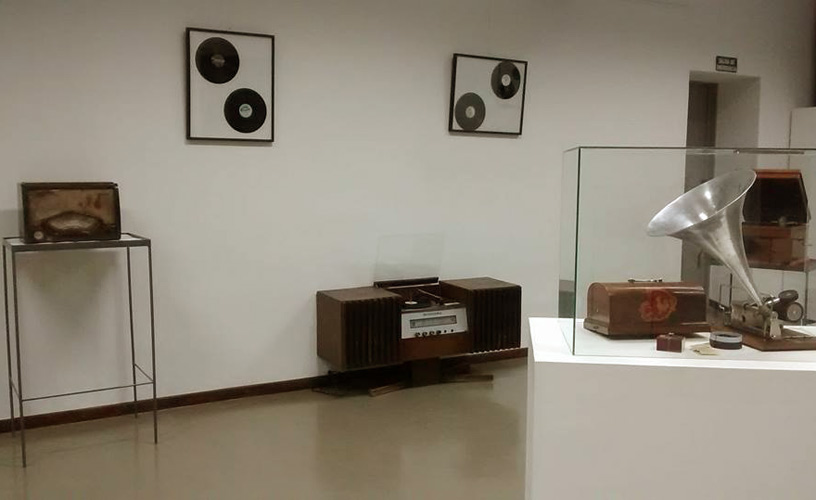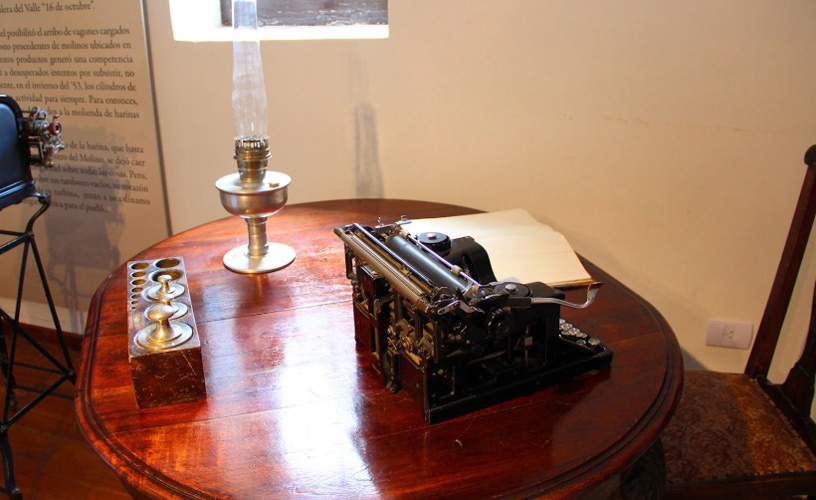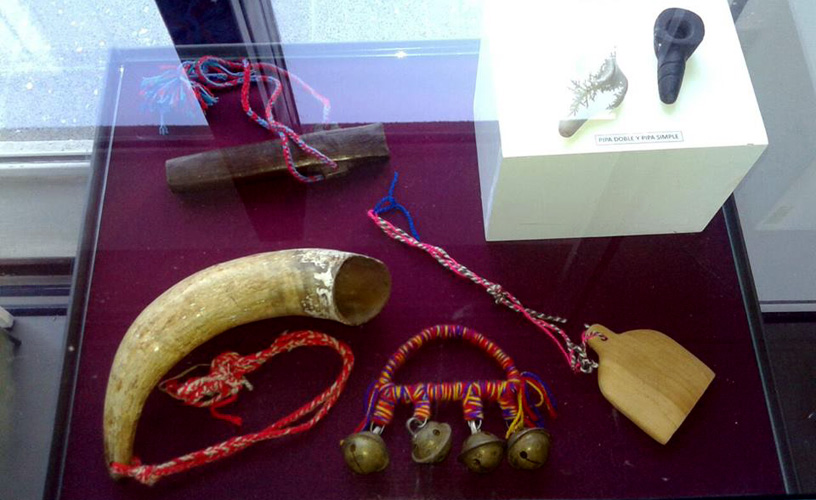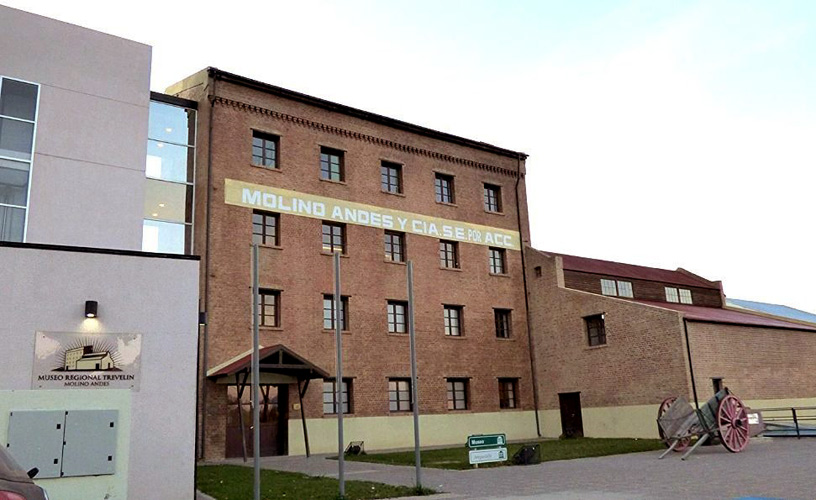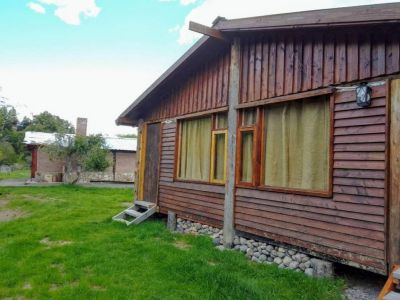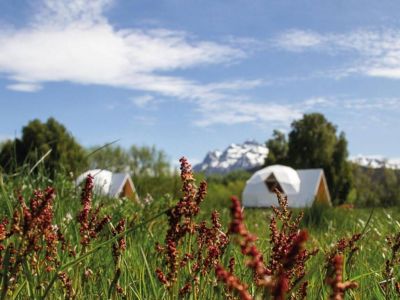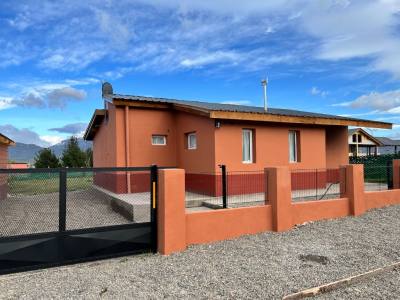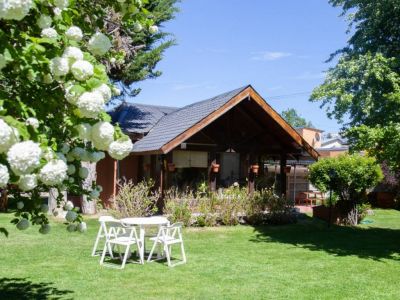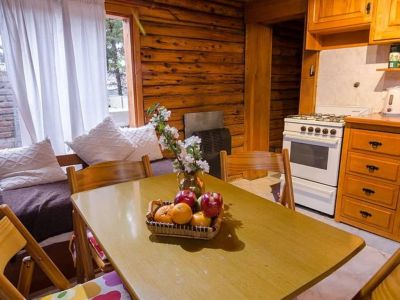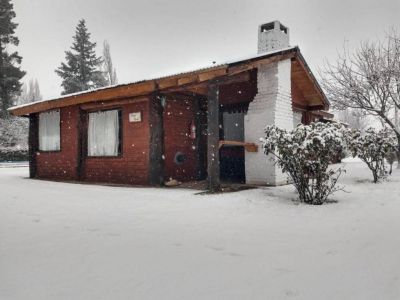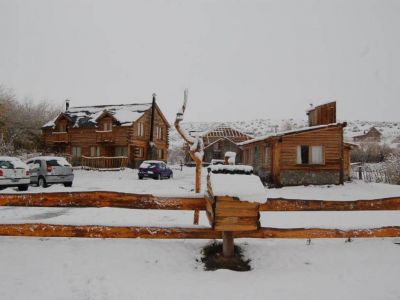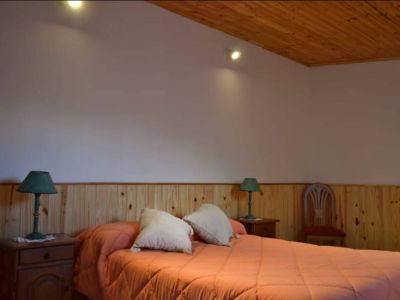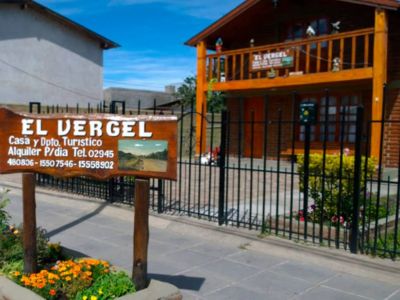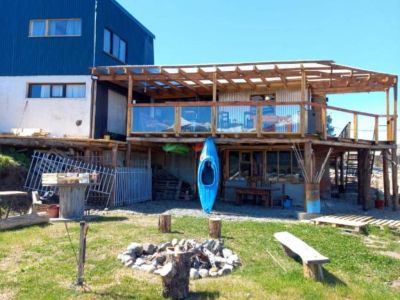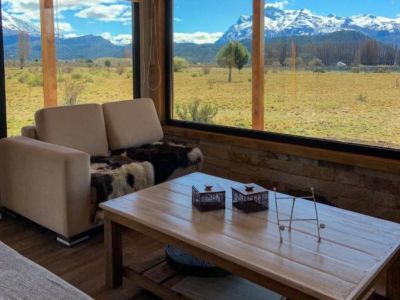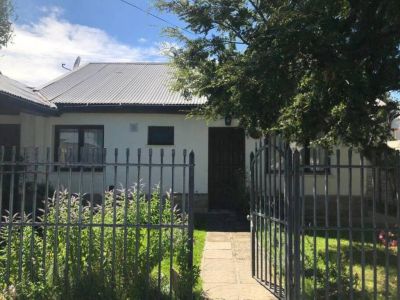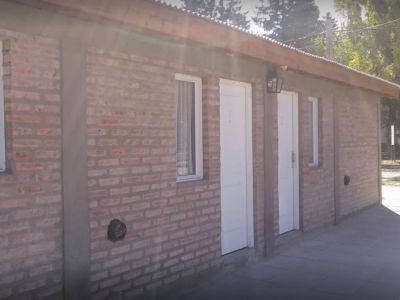Within the historical shell, one museum offers the chance to understand how the Welsh founders settled down in Trevelin.
As soon as we arrived in Trevelin, we wondered about the origins of that town founded by Welsh immigrants who resolved to move to faraway lands dragging their traditions and customs. The Regional Museum was the space chosen by the community to show their history.
The Welsh arrived in Argentinian soil between the late nineteenth and the mid twentieth century. They landed on the Patagonian seashores of the lower valley of the Chubut River. They founded the town of Rawson on the northern bank. Years later, some of them resolved to continue their journey towards the west and reached the territory they came to call Colonia 16 de Octubre (October 16th Colony).
The material displayed in the museum rooms recreates the lifestyle of the Welsh, the feeling of being uprooted and their new life in an unknown nook in Argentina. The need to continue their tradition, keep their mother tongue and add their eagerness for work caused their organization to be closed. Thus, they fostered their destiny in a wild still unspoiled land.
Far Away, Long Ago
What characterized Trevelin is the fact that the first colonists did not arrive on their own but as a group coming from Wales. They created an unswerving unit that let them preserve their identity. All that effort and way of life is shown at Los Andes Mill, as the Regional Museum is known.
The building dates from 1920, when it was raised as a flour mill that received a significant part of the local wheat production. So relevant was its task that the entire town was named after it: “tre” stands for “house” or “town” and “velin” is “mill” in Welsh.
From Mill to History
Even if the mill lost importance as a result of a national regulation that declared Trevelin was not a wheat-growing zone, in 1971 the descendants of the town founder resolved to transform the construction into a site that would give testimony of the Welsh colonizing past.
Consequently, objects, rural tools, culture documents, vestiges of the past so that the memory of the founding families would remain intact were gathered and the rooms opened to whoever wished to pay a visit.
Testimony from Yesteryear
Many of these items show what daily life used to be like in those difficult years when music, good dinner sets or the appropriate medical instruments for the time were always present. A remarkable collection of work and elegant outfits gives evidence of a working community that also praised good manners and culture typical of a European country. In some cases, the clothes are authentic, original.
In a room devoted to the first nations, elements belonging to the Mapuche communities whose handicrafts and customs mingled with the Welsh are on display. History and legends like the Malacara horse are part of the museum’s cultural heritage.
This is what astonished us most at “Amgueddfa Museum” (Welsh name) when we decided to call it a day. It was no longer necessary to imagine. Each object showed us that past life just like the Welsh colonists experienced it in the early twentieth century.
Mónica Pons
Gentileza del Museo Regional de Trevelin
